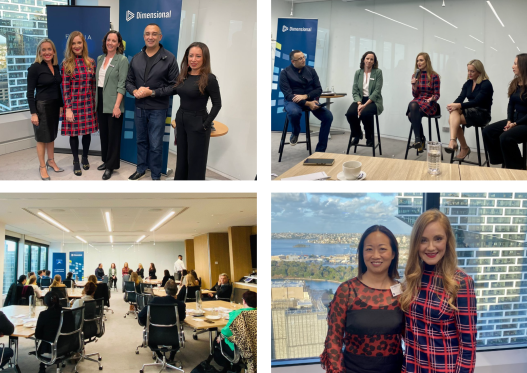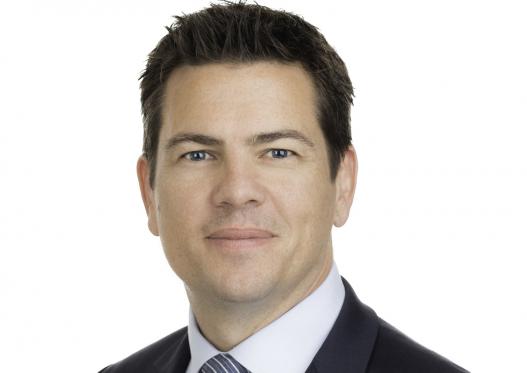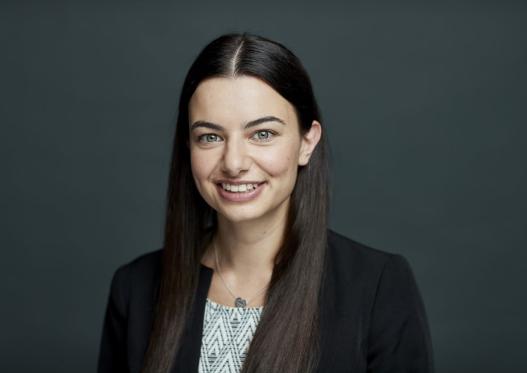That’s because he wants to see the number of Aboriginal and Torres Islander People on Boards grow to a level where there is much more than a small handful being repeatedly asked.
Ian, one of the leaders speaking at FINSIA’s VIC YFP Diversity Forum next week, shared his thoughts with InFinance about the challenges and opportunities ahead.
Although he was separated from his family at the age of three weeks, Ian’s outlook is devoid of anger and fuelled by the practical perspective of someone with 30 years of public service and more than a dozen board positions under his belt.
“I have a personal measure of success which I will achieve when I don’t offered as many board roles as I am now. That will be because there are many more Aboriginal people to ask,” he said.
“It's awfully flattering, but I know that it's because there aren't many people around. I'd love to get to that point where I’m not being asked nearly as often.
Ian - who describes himself as a ‘walking, talking, gum chewing, company director who just happens to be Aboriginal’ - acknowledges a lack of a pool of First Nations senior executives means it won’t be an overnight process. “I’m a patient person and I play the long game. So, if in 10 years from now in 2033 that’s happening, I will see that as a success.”
“Although there have been significant changes in the past few decades, there simply isn't the quantum of Aboriginal people” he said.
“The financial sector is a classic example of how few Aboriginal people are on the boards of the banks and other institutions.
“We have four big banks and a whole bunch of little ones. But how many of them have Aboriginal people on their boards or in their executive ranks? I'd love to know that. I reckon it would be somewhere between zero and one.
“One of the really big issues facing the Aboriginal community’s involvement in high-level decision making - in senior executive roles or on boards - is there are not enough people to go around. That's the bottom line.”
While that is because of a lack of investment in training and opportunities until the past few years, Ian is hopeful.
“I'd like to think there will be sufficient progress so that the number of Aboriginal people around don’t feel overburdened by being asked to be on everything,” he said.
But, he added, the real step forward will be when First Nations board members are ‘involved in decision making that has nothing to do with Aboriginal matters.
“What limits us very much as Aboriginal people is a perception that we are only interested in, or capable of, talking about Aboriginal things. That's a real live issue,” he explained.
“Bringing the Aboriginal perspective or perspectives into key decision-making is actually a good thing. Unfortunately, I think it's almost the inability for non-Aboriginal entities to conceive Aboriginal people being involved in governance that is not specifically and directly about ourselves.”
Of the current situation, Ian fears there is an element of cherry-picking by boards, driven by self interest.
“A little bit of me thinks that sometimes, where there are Aboriginal people on boards, it is usually because the entity has some engagement with Aboriginal people and needs to be seen to have them involved in their decision-making,” he says.
“They feel that they have to engage with Aboriginal people, and it'd be useful to have an Aboriginal person on board.”
Ian is also concerned that while the fast-tracking of Aboriginal people into executive and senior positions may be well-motivated, the lack of investment in preparing and developing people does not always result in good outcomes – especially for the individuals themselves.
“That’s not good for the organization either and I have an issue with that.
“So, I don't encourage the excessively rapid promotion of people simply so an organisation that you can say, ‘look at us, we’re doing the right thing’.”
It comes back to the fundamental need to understand people, Ian says.
“When I was in government, I used to get annoyed when people would call me or spoke about me being an Aboriginal public servant,” he says.
“That implies there's a separate Aboriginal public service, which there is not. Last time I checked there's the Australian Public Service and there are different state public services, but there wasn't an Aboriginal public service.
“I was an Australian public servant and a Victorian public servant, I just happened to be Aboriginal.
“Obviously I had areas of expertise around Aboriginal affairs, but also economics, also health, also justice. I was a professional public servant. And that's how that's got to be thought of with Aboriginal people in the boardroom.
“We bring our background and our values and who we are, but we are also walking, talking, gum-chewing company directors.
“Of course, I bring my background and my experience, my life, who I am, all of that part of how I think of things, it's part of what I bring.
“But that's true of every person.
“We bring our background, our life, our perspective, and that makes for better board decisions. That's what diversity's all about and that quite simply makes boards better.”









